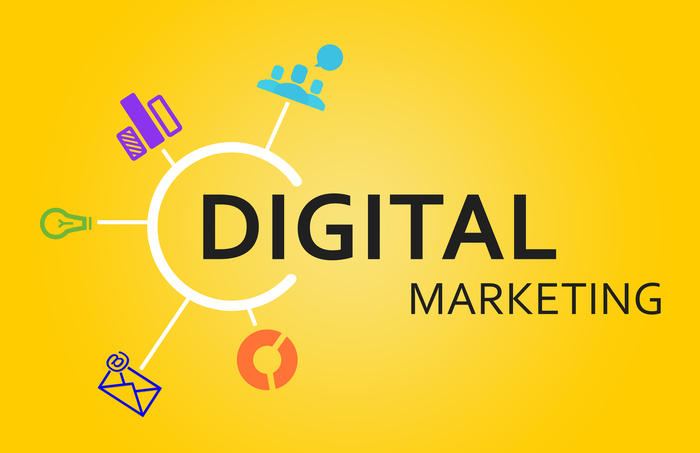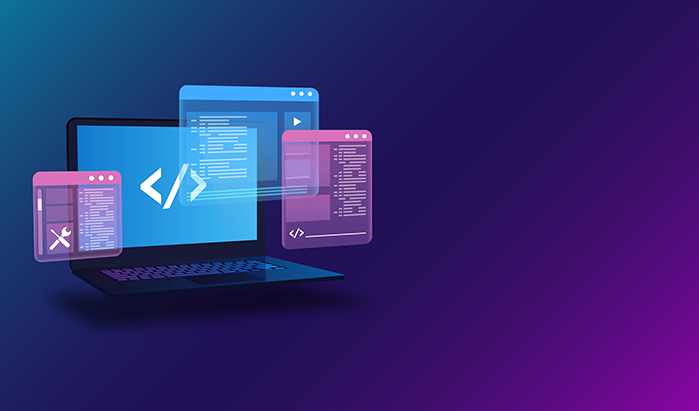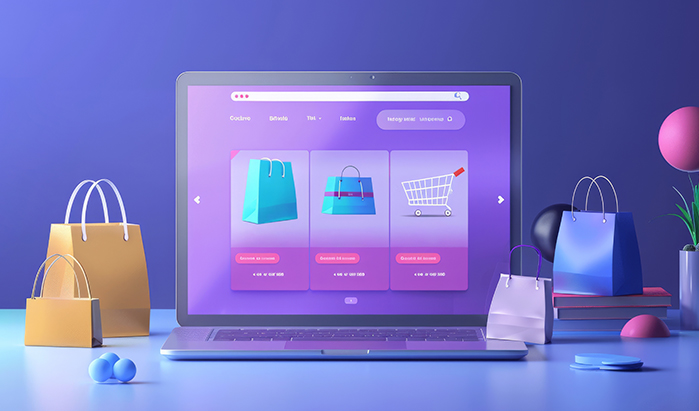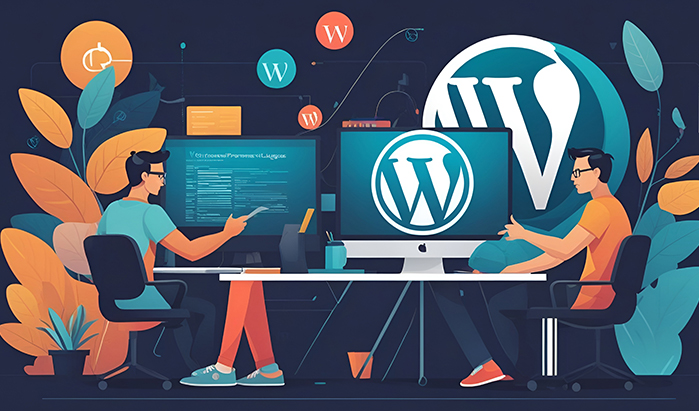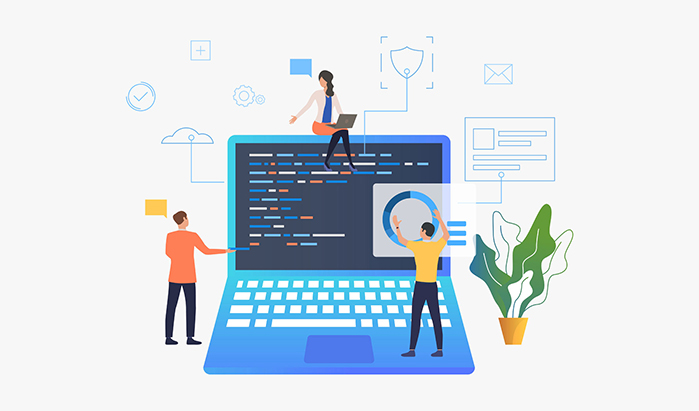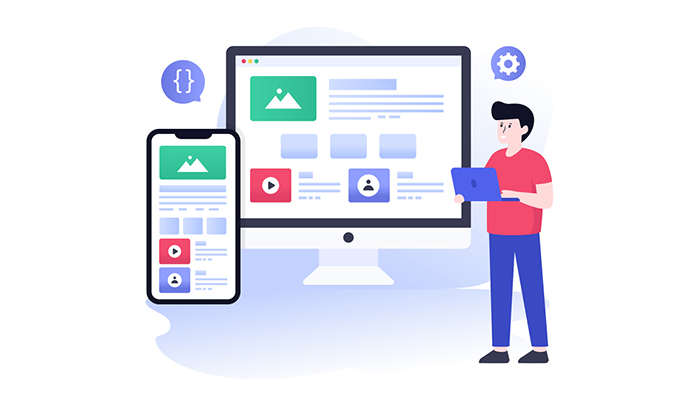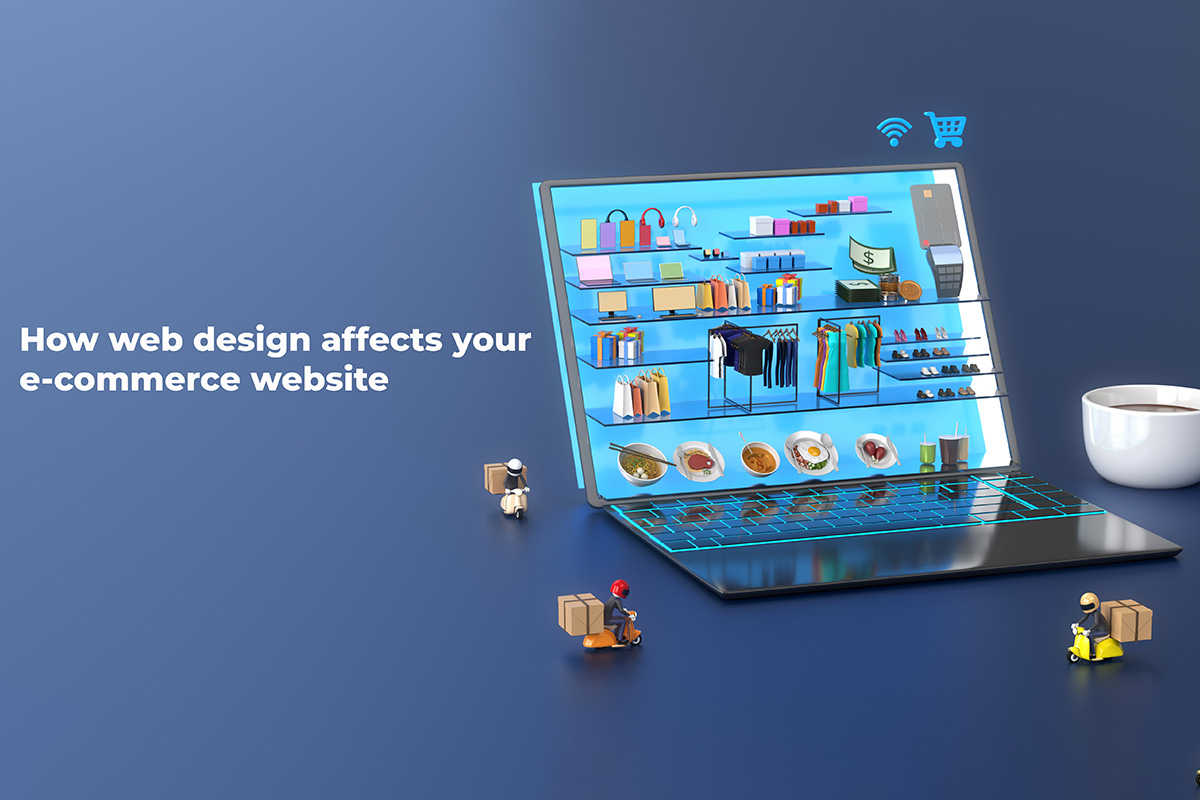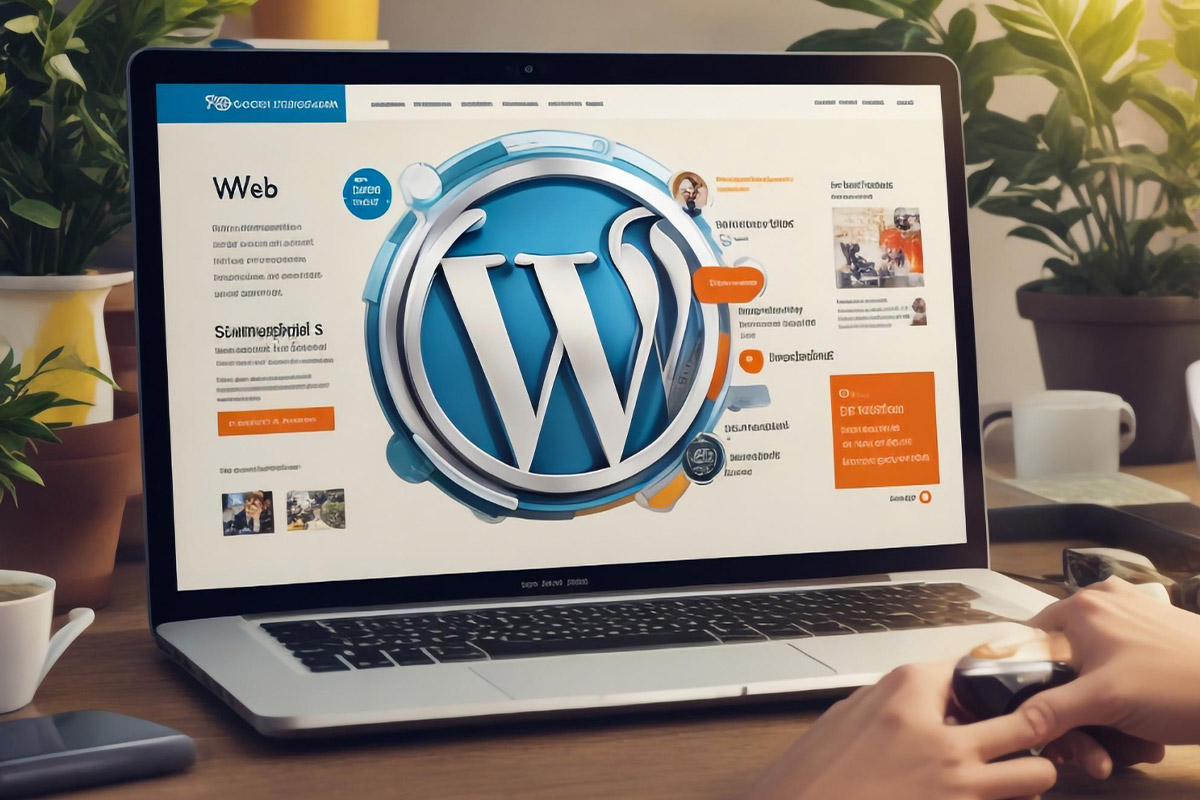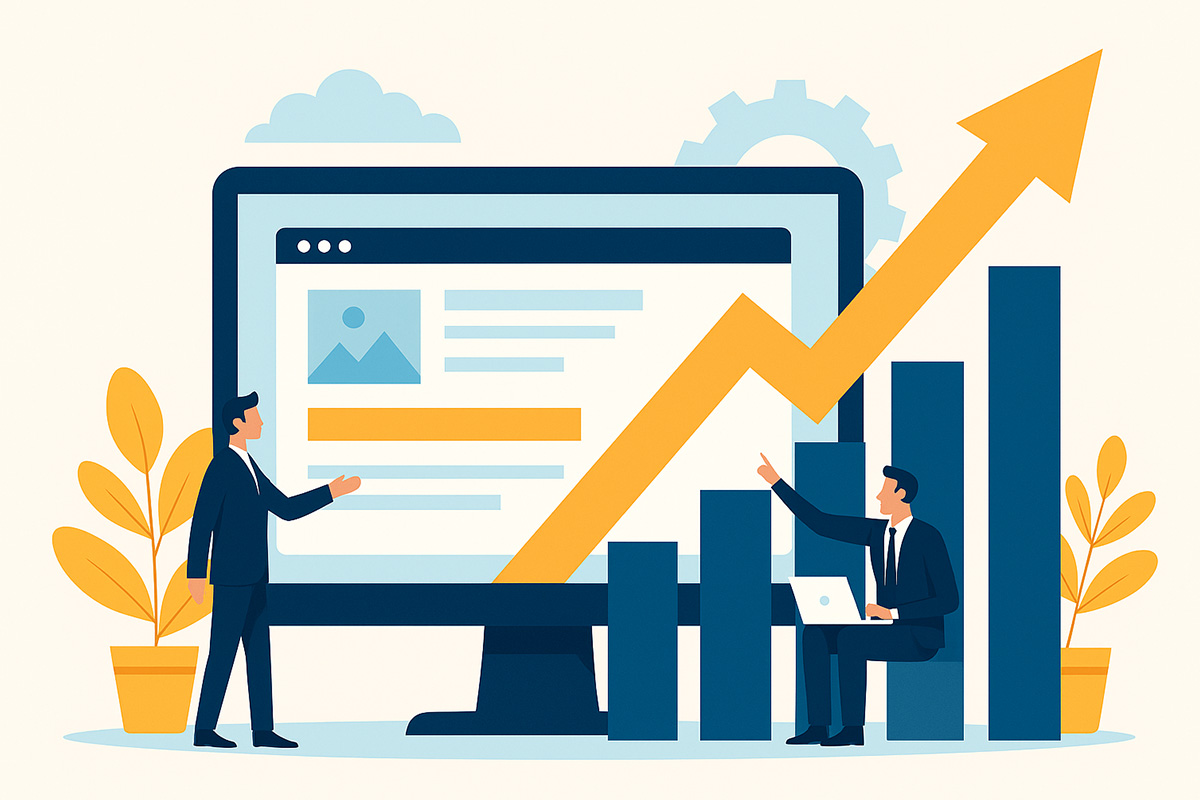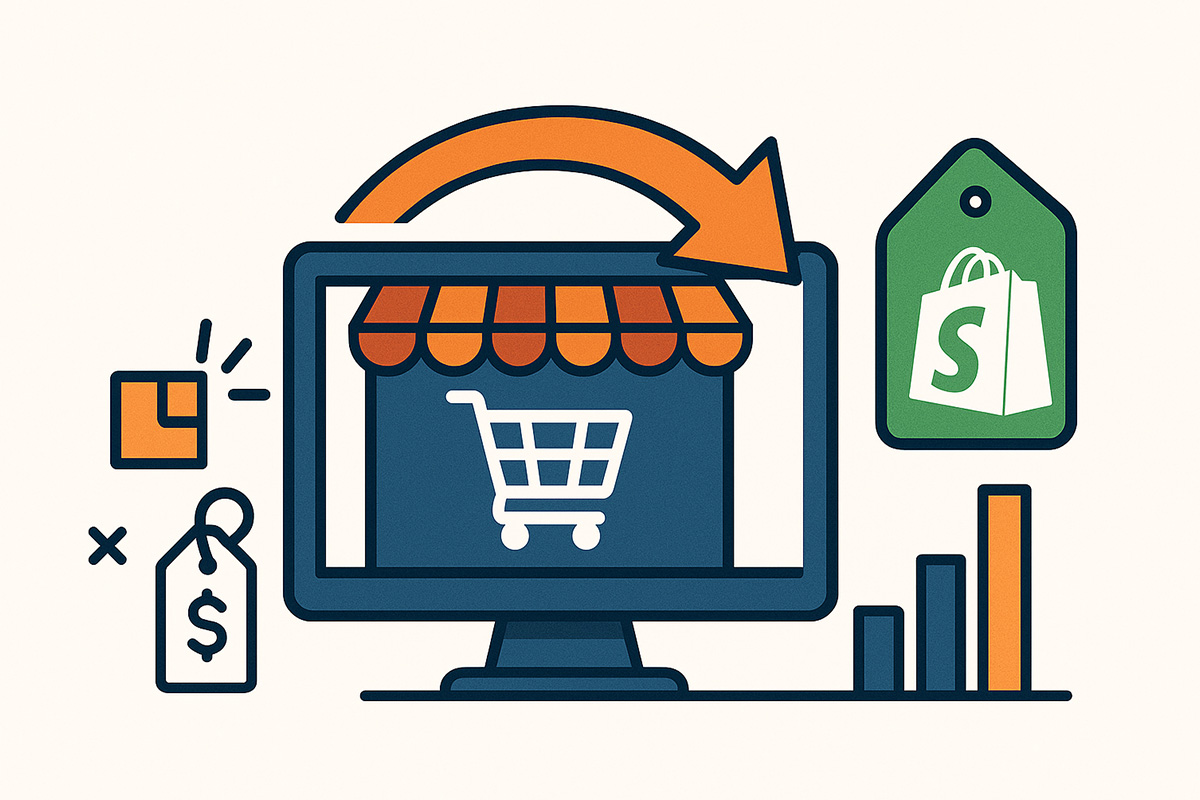Home / Blogs / How to Optimize Your Shopify Store for Growth
How to Optimize Your Shopify Store for Growth
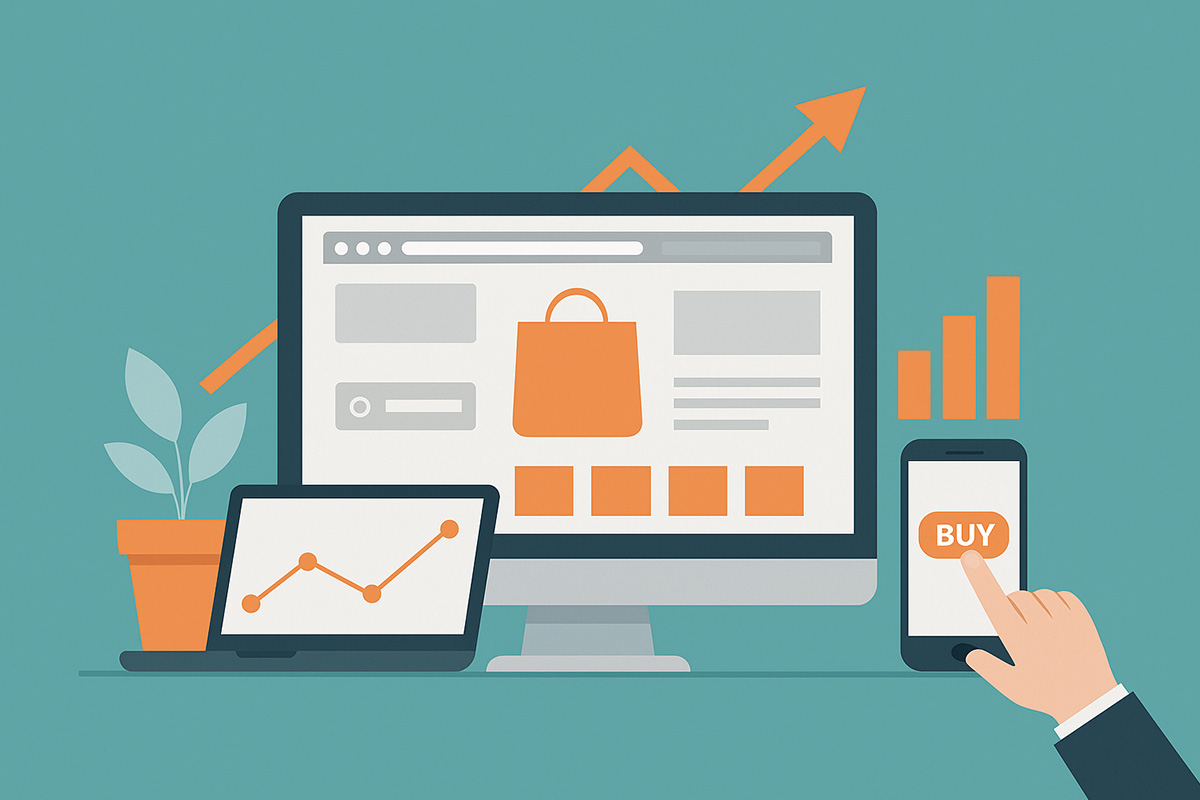 Website
Website
Launching your Shopify store is just the beginning. Turning it into a high-performing, search-optimised, and scalable eCommerce brand takes strategy, especially in a market where competition is fierce and customer expectations are constantly rising.
In this blog, we’ll explore 9 actionable ways to optimise your Shopify store and how the right SEO services and web development support can help your brand scale.
1. Start With a Strong Site Structure
A clean, logical site structure helps both users and search engines navigate your store efficiently. Shopify's navigation system is simple, but many stores overlook the importance of organising collections, products, and content in a meaningful hierarchy.
Essential steps to get it right:
- Use keyword-rich URLs
- Create clear navigation menus
- Keep your structure flat; no product should be more than 3 clicks away from the homepage
A seasoned SEO agency in Mumbai will ensure your Shopify store architecture is not just user-friendly but optimised for indexing and crawling too.
2. Optimise Meta Titles and Descriptions
Each product, category, and content page should have a unique title and meta description that includes relevant keywords. These are crucial for search engine visibility and click-through rates.
Shopify SEO optimisation involves:
- Writing compelling meta descriptions for better CTR
- Including primary keywords in product titles
- Avoiding duplication across pages
You can manually optimise metadata or use apps, but professional input from an SEO agency will yield better strategic results.
3. Improve Page Speed
Slow-loading Shopify stores drive customers away. Speed is also a ranking factor for Google, so you can’t afford to ignore it.
Fixes include:
- Compressing images
- Using fast-loading themes
- Minimising apps that add unnecessary scripts
- Implementing lazy loading
A web development agency can help you audit and fine-tune backend performance, ensuring your store is lightning fast and optimised for conversions.
4. Create High-Quality Product Descriptions
Many Shopify store owners copy manufacturer descriptions or use thin content. This hurts both SEO and user engagement.
A smarter approach would be to:
- Write unique, benefit-driven descriptions
- Use bullet points for readability
- Incorporate long-tail keywords naturally
- Include FAQs below the product descriptions
Remember, your Shopify store needs professional SEO services to create content that sells and ranks at the same time.
5. Leverage Content Marketing
Blogs are not just for lifestyle brands; they are a powerful traffic engine for any Shopify store.
Use your blog to:
- Target long-tail keywords
- Share how-to guides, comparisons, and product tips
- Improve internal linking
- Build topical authority
With help from a digital marketing agency, you can build a content strategy that attracts, engages, and converts.
6. Use Schema Markup for Rich Snippets
Schema markup helps search engines understand your store’s content better and enhances how your listings appear in search results (e.g., star ratings, price, availability).
While Shopify doesn't support schema by default, you can:
- Add JSON-LD manually
- Use SEO apps that inject schema automatically
- Work with an SEO agency to implement advanced markup correctly
With help from a digital marketing agency, you can build a content strategy that attracts, engages, and converts.
7. Enhance Mobile Experience
A responsive Shopify store is non-negotiable. With over 70% of eCommerce traffic coming from mobile, a seamless mobile experience boosts rankings and sales.
Key improvements:
- Mobile-first theme design
- Sticky cart and add-to-cart buttons
- Fast checkout options
- Thumb-friendly CTA placements
Beyond responsiveness, a Shopify-savvy web development company makes sure your store is optimised to turn mobile visitors into paying customers.
8. Implement Smart Internal Linking
Internal links distribute link equity and help users discover more products, collections, or blog posts.
Best practices:
- Link from blogs to relevant products
- Use breadcrumbs for navigation
- Suggest related products at the bottom of the page
9. Utilise AI and Personalisation Tools
How AI is shaping Shopify web development services is evident in features like:
- Product recommendations
- Dynamic search functionality
- AI-driven chatbots
- Inventory forecasting and pricing optimisation
These tools improve customer experience, increase average order value, and personalise interactions, creating a store that adapts to buyer behaviour in real time.
Final Thoughts
Sleek design, high search engine visibility, mobile responsiveness, and the ability to change with the times as technology and consumer demands advance are all components of a successful Shopify store.
To truly scale your store, you need expert help because SEO services that can transform your Shopify store involve far more than keywords and plugins.
In order to create eCommerce experiences that work, scale, and sell, we at Verve Media approach Shopify growth holistically, combining SEO, content strategy, UX design, and custom development.
